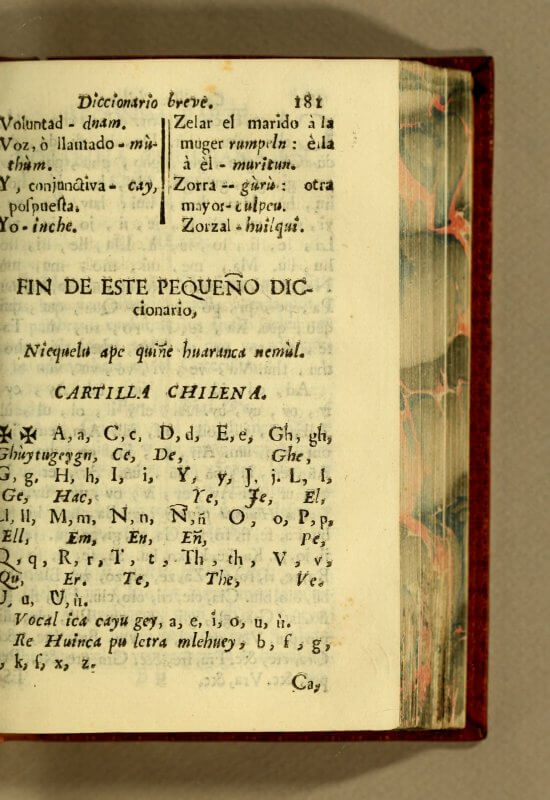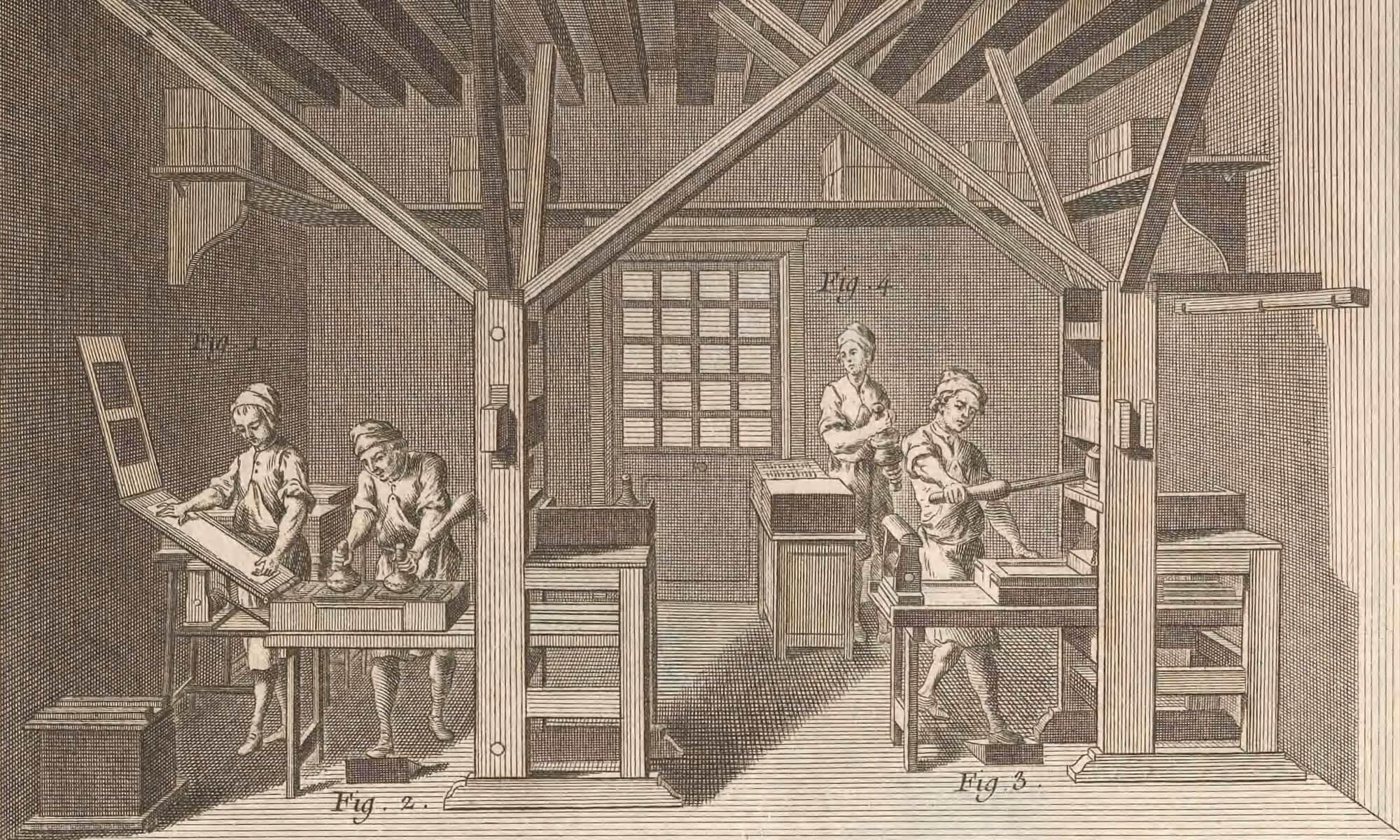Coronelle Romaine, stamps
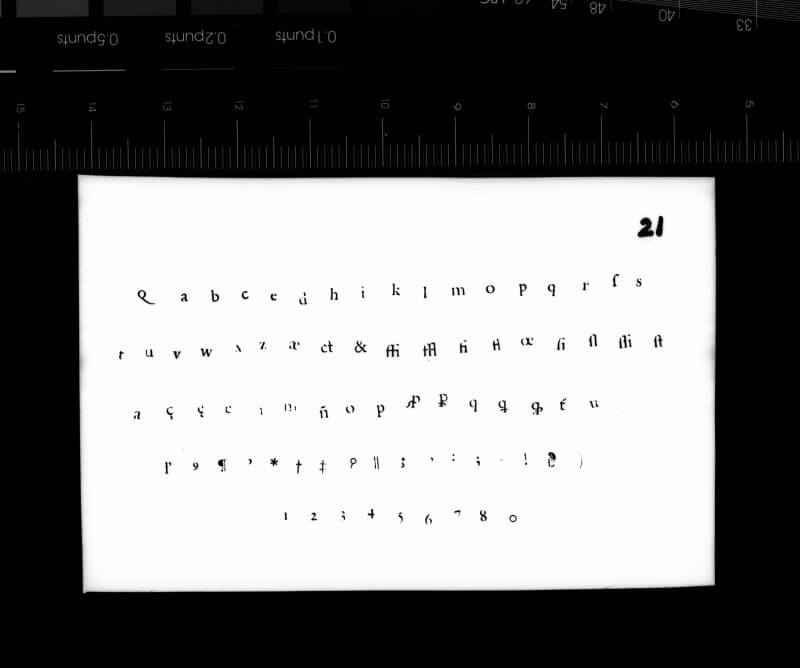
Coronelle Romaine, unjustified matrices
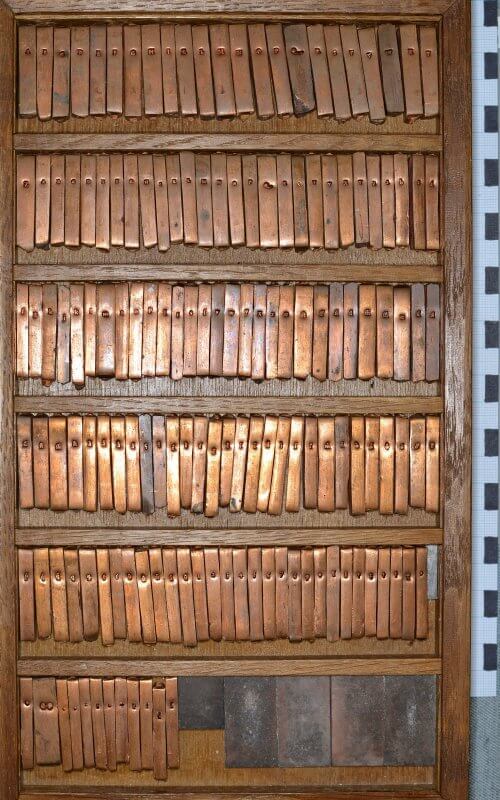
Dodoens, Florum, 1568 (A1r)

Dove, A new almanack, 1631 (A1r)
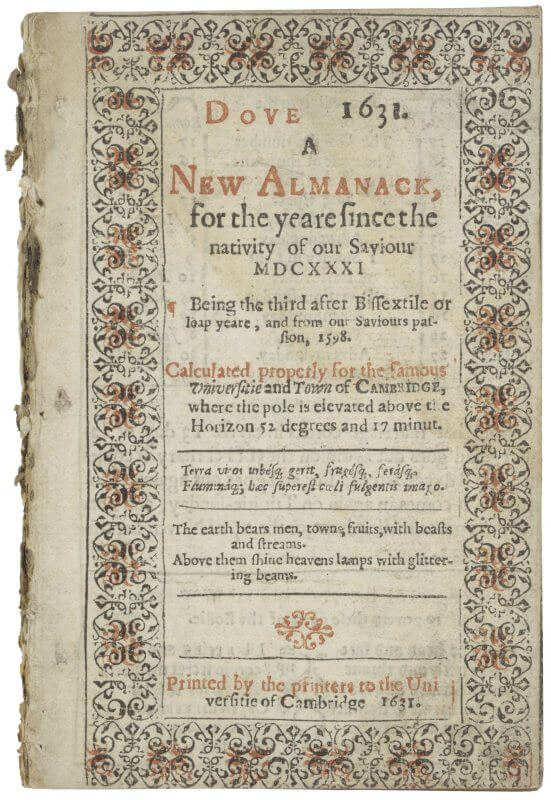
Dove, A new almanack, 1631 (A2v-A3r)
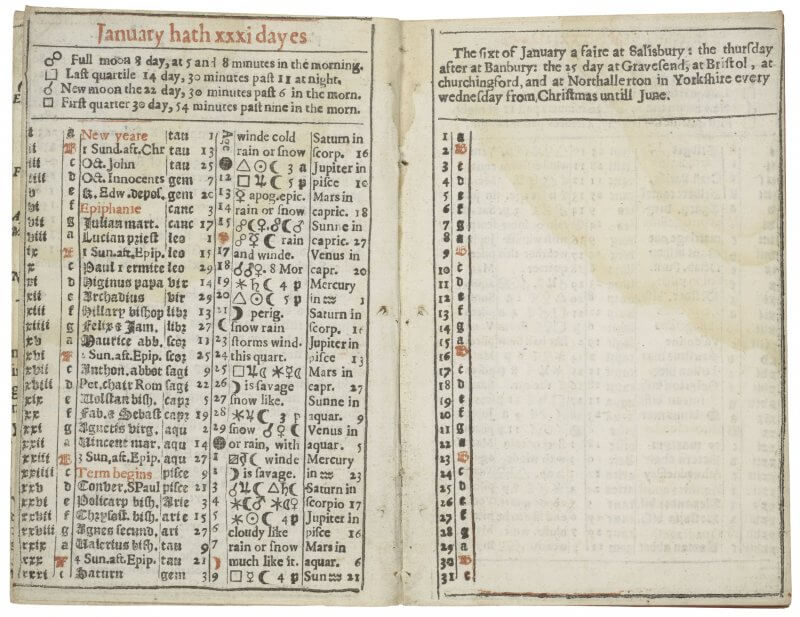
Dowland, Songes, 1597 (π1r)
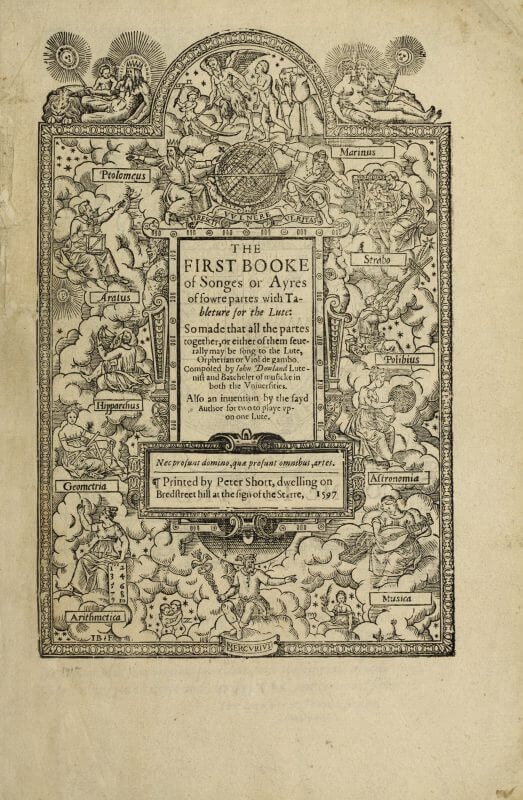
Erasmus, Novum Instrumentum, 1516 (3a1r)
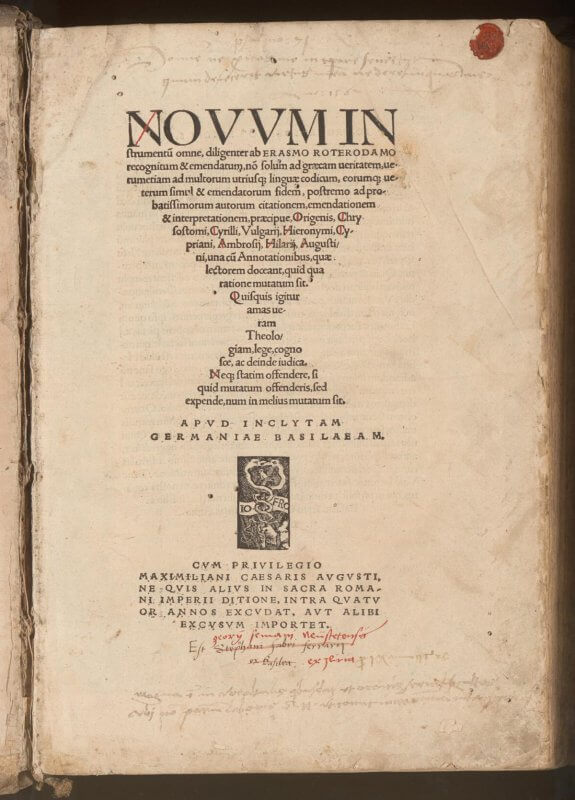
Erasmus, Novum Instrumentum, 1516 (A1r)
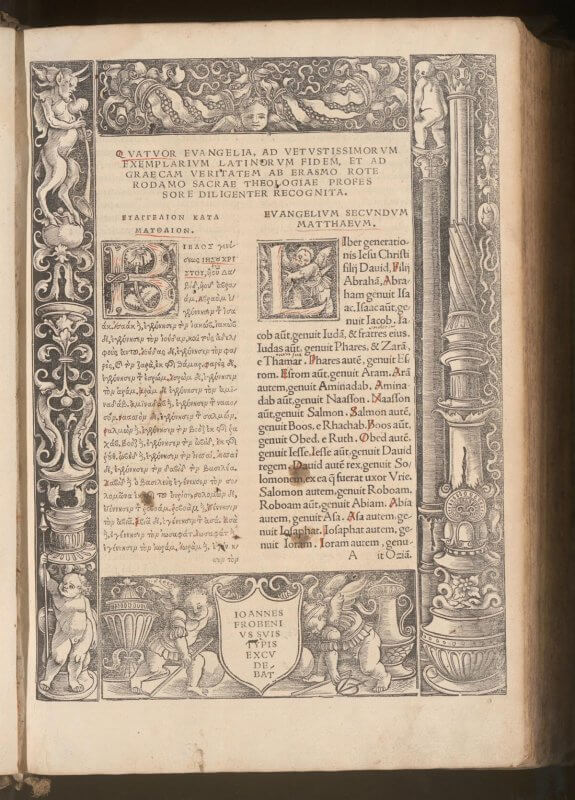
Erasmus, Novum Instrumentum, 1516 (Ff8r)
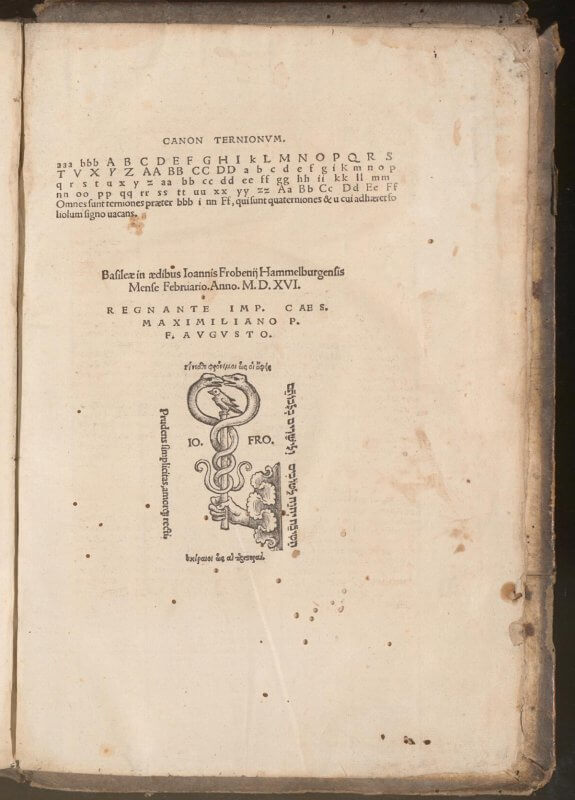
Febrés, Arte de lengua de Chile, 1765 (2A4r)
